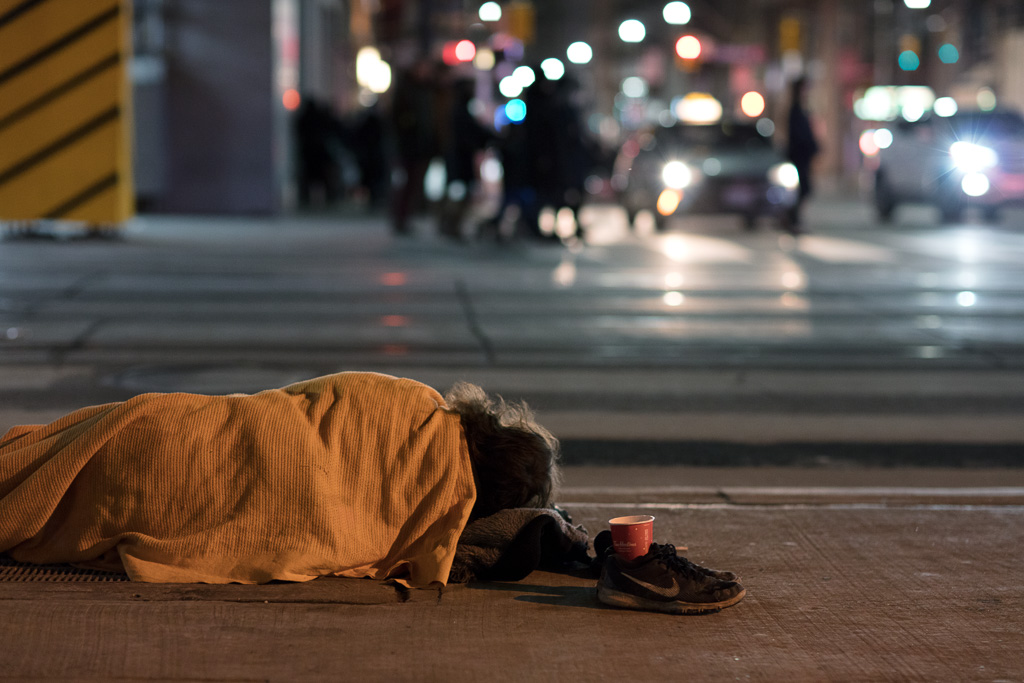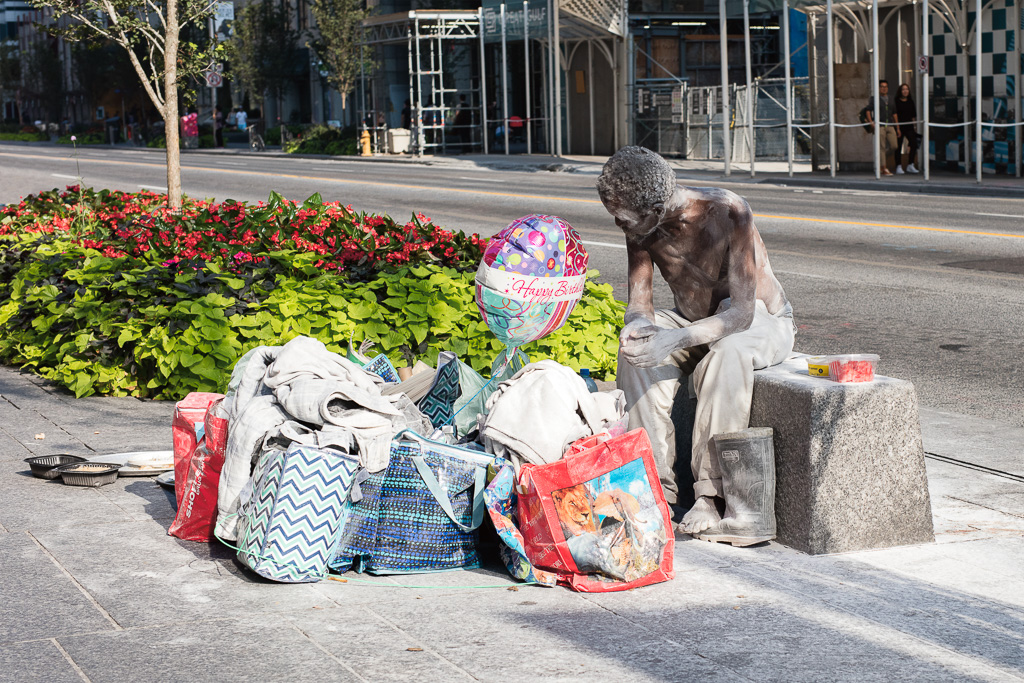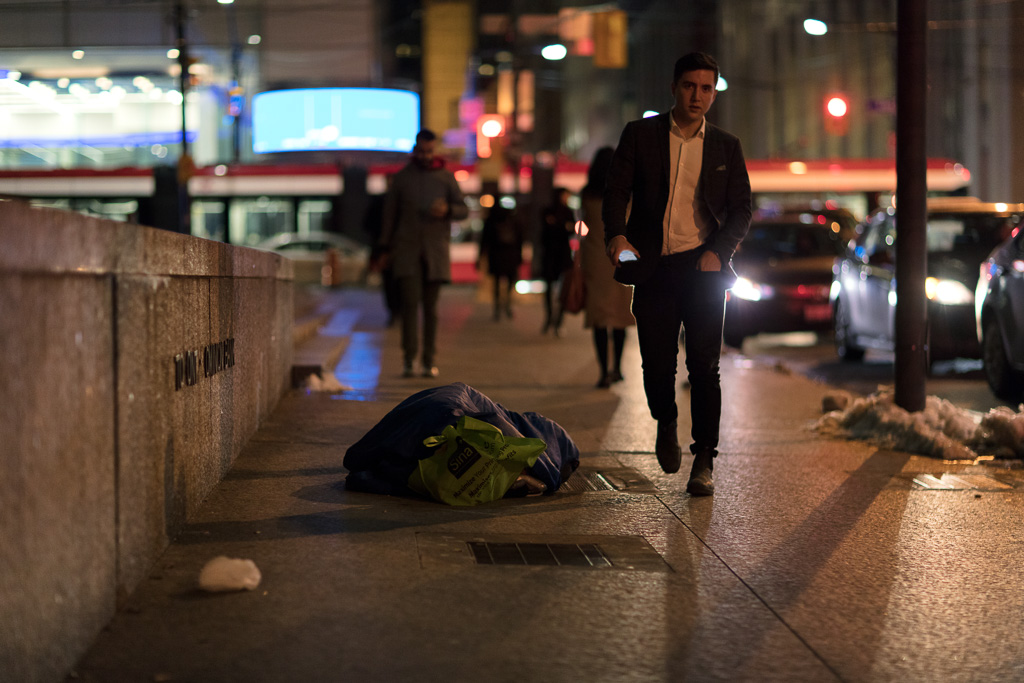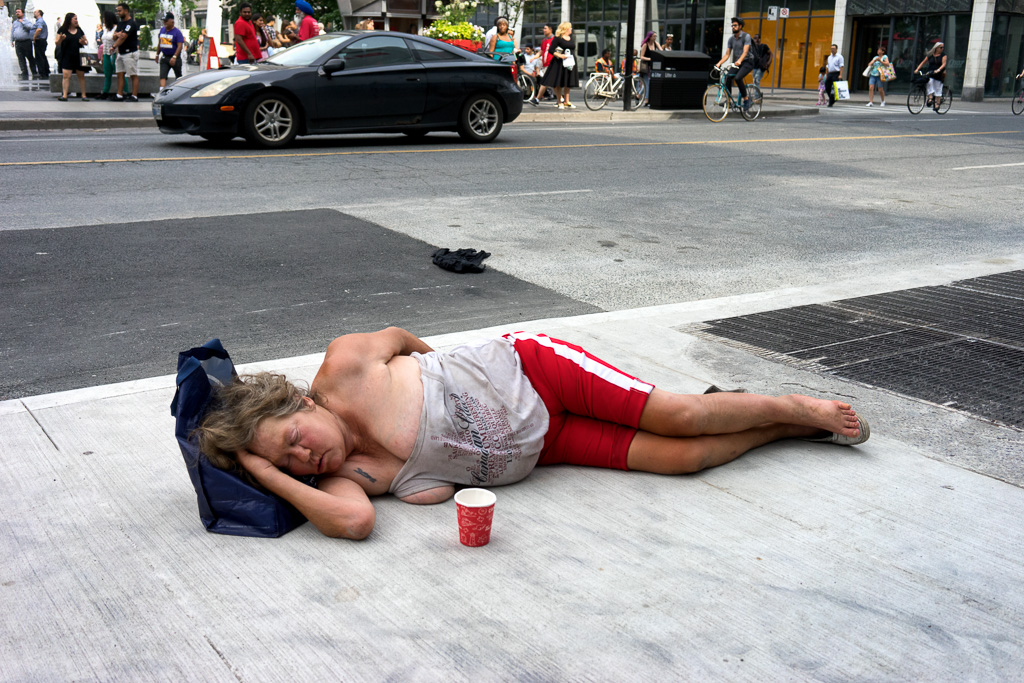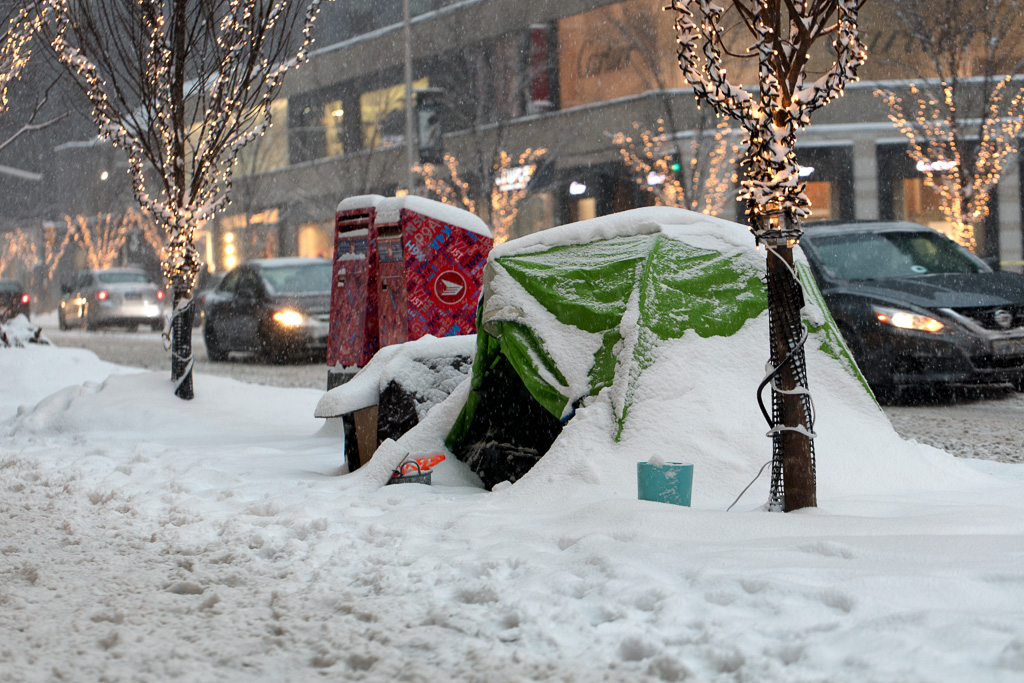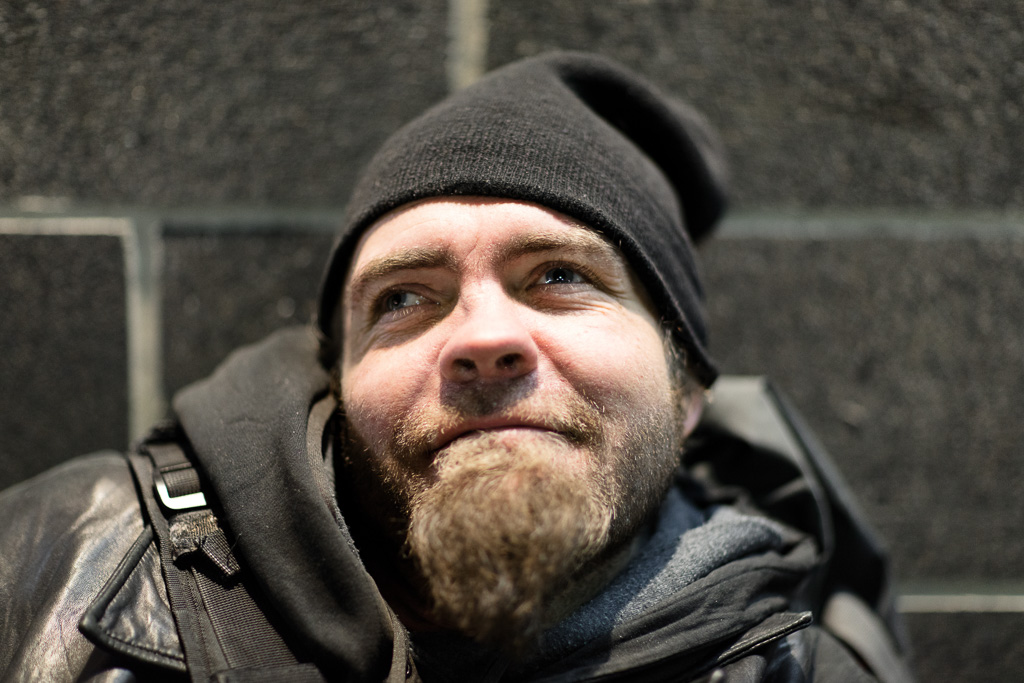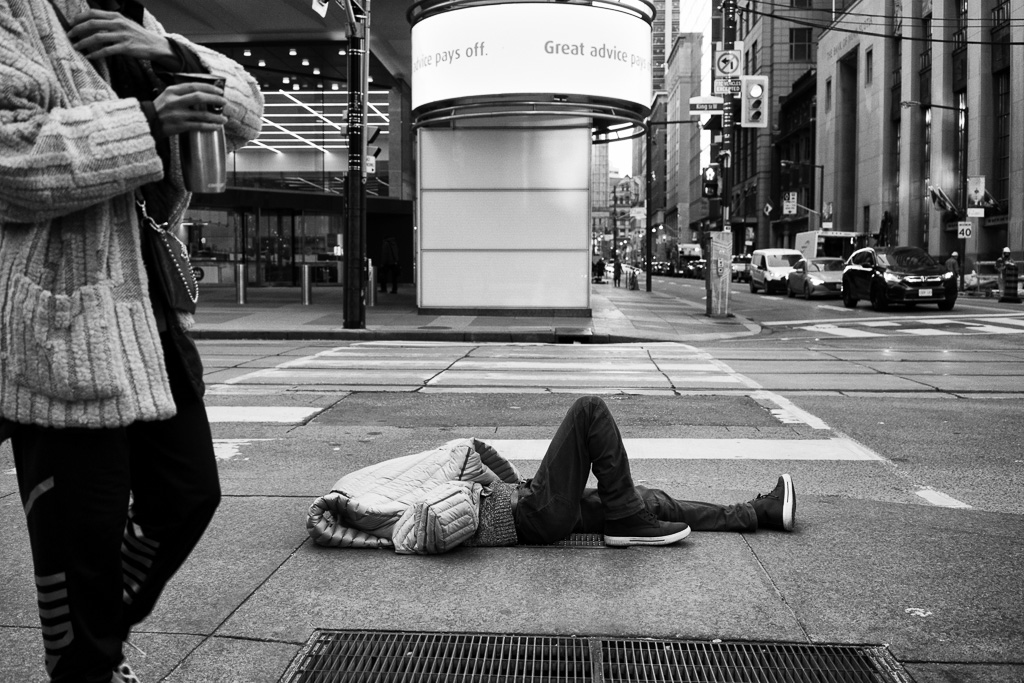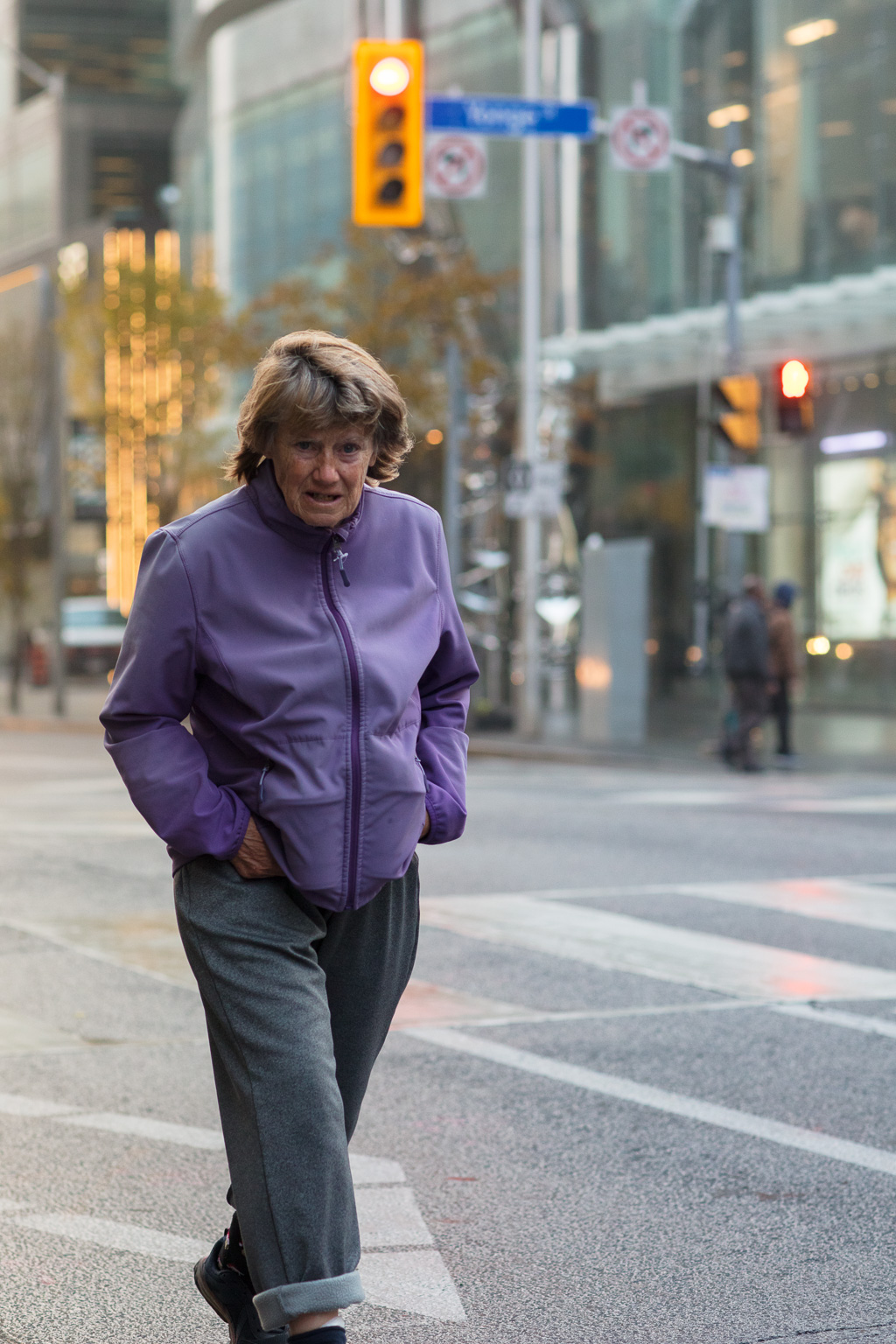As a matter of habit, Peter Hadley III turned on his TV. He was now more than 90 days into it and yet another day with no TV signal, no internet connection, no cellphone service. He’d even tried old media like radio, shortwave, and CB, but all he heard at any frequency was a fitzing sound like when he pressed his ear to the mouth of a freshly opened bottle of Champagne. He wouldn’t even have electrical power if it weren’t for the building’s backup generator and a stack of jerrycans filled with diesel fuel. At least he could keep his wine collection chilled at the proper temperature.
Every day, Peter wandered the city streets, finding no one, not even human remains, and only now was he beginning to reconcile himself to the possibility that he was the sole survivor of whatever mysterious holocaust had taken everyone else. But on the 91st day, he discovered Cliff sprawled by the entrance to the city’s largest grocery store and eating potato chips and gulping diet cola from a two litre plastic bottle. Peter introduced himself and asked how long Cliff had been on his own.
Cliff answered that it’d been maybe two or three years.
Peter said that was impossible since things had gone haywire only 91 days earlier.
Still, Cliff said, I been living rough maybe two or three years. The rest of the world vanishing don’t really change that none. Tent in the ravine, just like always. Come up in the morning, just like always. Only, instead of begging for change, I bust into grocery stores and eat Twinkies.
Peter suppressed the customary feeling of revulsion that seized him whenever he encountered a homeless man. He observed that Cliff’s clothes were ragged and dirty. The man smelled. His fingertips were black with grime. Even so, Peter had grown tired of eating alone and craved the company of a live body, even if it was the live body of a homeless man. Besides, as Peter Hadley II had once said: You cannot drink a fine wine in solitude; it tastes so much better when you share it in the company of men. Given that, in the current situation, it appeared the only people left alive in the world were men, Peter was inclined to overlook the sexist undertones of his late father’s dictum.
Peter asked if Cliff wanted to join him for a proper dinner back at his apartment. Cliff could get himself washed up and put on some clean clothes. Peter had caught some fresh trout off a pier on the lakeshore and they could fry it up and, in lieu of lemons, they could accompany it with a crisp Sauvignon Blanc from Marlborough.
Cliff didn’t care one way or the other about a snooty wine-paired dinner, but he did like the idea of simple human contact. He followed Peter to his penthouse condo and when he walked through the front door said holy god almighty. Peter had been the CFO of a Fortune 500 company before he retired at 40 with his stock options and his Bentley. It was easy for a man in Peter’s position to forget that most people aren’t accustomed to sprawling accommodations with views that go forever.
While Cliff whacked off in one of the guest room showers and picked at a corn on his foot and trimmed his fingernails, Peter prepared dinner in a kitchen whose hardware rivaled that of any Michelin rated restaurant. Cliff gulped his Sauvignon Blanc in precisely the same way he had gulped his diet Cola and, as before, finished with a belch. He took no time on the nose, didn’t pause on the front end, ignored the mid-palate. And as for a finish, the wine had disappeared before there was any hope of that. Then again, it wasn’t as if he’d wasted a Lafite Rothschild on the man.
Peter Hadley III kept a wine room weighted heavily in favour of left bank Bordeaux wines along with a selection of Grand Cru Burgundies. One of the challenges in the current situation was finding appropriate pairings for his wines. While he found it easy enough to catch fresh fish and had even slaughtered a couple chickens while wandering through Little Portugal, locating red meat was a greater challenge. When the power went out, butchered meat began to rot. Peter had grabbed whatever cuts he could find and had stored them in his personal freezer, but that was no long term solution. There were still cows grazing in fields north of the city, but Peter had no idea how to slaughter a cow, much less carve it into pieces suitable for laying out grilled on his fine china. He wondered if maybe a pig would be easier. Burgundy would pair well enough with pork. He lived in Hogtown. Surely there must be pigs nearby.
Peter savoured the grassy notes as he took a modest sip of the Sauvignon Blanc. He gazed across the table at his guest, and beyond to the open kitchen door where he saw a wide selection of knives stuck to the magnetic strip across the far wall. With a roofie in Cliff’s glass, the man would be easy to handle, certainly easier than a fat sow. Peter could drag him unconscious into the guest shower and drain him there. What makes a good pairing with human flesh? he wondered. He had a twenty year old Romanée-Conti he would love to try with a well seasoned flank.
